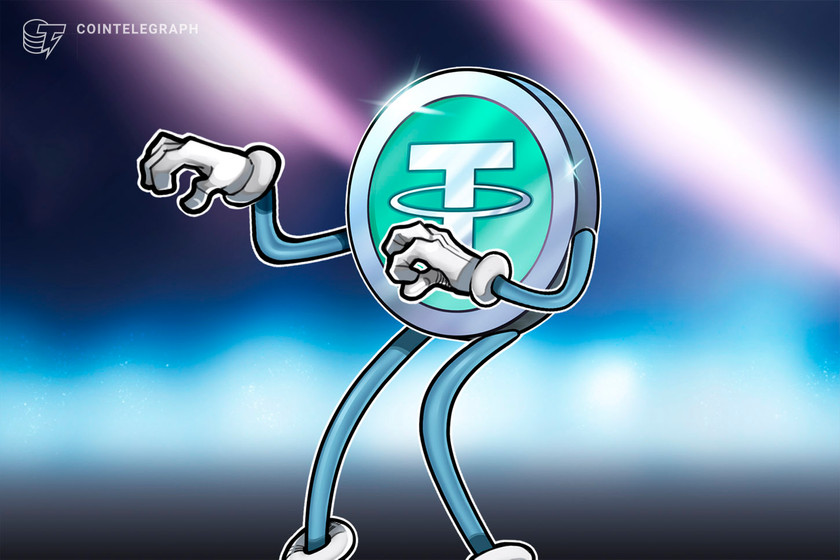Near Protocol releases blockchain operating system for Web3


Cointelegraph interviewed the protocol team at ETHDenver 2023 about the new operating system and funds raised to help Ukrainians last year.
The decentralized application (DApp) Near Protocol is releasing a new blockchain operating system, focusing on improving user experience on Web3 through a common layer for browsing and discovering open web resources, the company disclosed at the Web3 and innovation festival ETHDenver 2023.
In an interview with Cointelegraph’s Turner Wright during the event, Near co-founder Illia Polosukhin spoke on how the ecosystem is moving closer to user’s needs and the release of the Blockchain Operating System (BOS).
According to the Near team, the system works with any blockchain or Web2 backend, allowing users to have the experience of using a single app, even when switching between applications or chains. For developers, the solutions promise to deliver decentralized and composable frontends, enabling the fork of pieces and components and built-ins such as payments, profiles, and notifications without any hosting involved.
Polosukhin noted about the blockchain operating system:
“The iOS provides developers a place to show their app in front of billions of users, and it gives them all the services and the infrastructure underneath to build, so you kind of just plug in here. That’s what we’re trying to do, trying to kind of give the distribution here, give the platform underneath and let developers build.”
The protocol, which is a competitor of Ethereum offering smart contract capable and a proof-of-stake blockchain, sought a 10x growth on key metrics last year, including number of transactions, active monthly wallets, projects onboarded, developers and money invested within the ecosystem, claimed the co-founder.
Related: Smart contracts to power day-to-day Web3 company operations
“A lot of projects just migrated over to Near,” noted Polosukhin about last year’s growth, combined with an effort to search for existing applications with a user base:
“They came to us, some of them because they saw you can write in JavaScript smart contracts. That’s like three times cheaper to hire developers. This is just more usable not just for users, but for developers as well.”
Unchain Fund
Polosukhin is also one of the developers behind the Unchain Fund, a fundraising effort created last year to help Ukrainians affected by the war. As of early 2023, the fund had raised over $9 million in donations, almost entirely in crypto assets.
According to him, the raised funds were crucial to support the people of Ukraine in the first weeks of war, while international help was still underway at a lower pace:
“The Red Cross, UNICEF, they take months to spin up all of their systems when something happens, that’s just that’s how they are. They’re slow […] but when they get there, they have the procedure, and they set it up, they build the supply chain, logistics, and then they can start delivering. So, in a way, crypto funds covered in the beginning, like spin-up time for a similar government aid.”
Part of the raised funds were used for a program dedicated to women with children who run away from home, providing weekly payments of 25 euros to roughly 6,000 Ukrainian women. The funds were also used to purchase ambulances through the global initiative United24.













